What is film noir? It has been one of the most highly debated cinematic topics for decades. Is it a subgenre, style, or academic term? If you put a film scholar, cinephile, and film critic in the same room to discuss the subject, chances are you’ll have three different definitions and plenty of arguments over which films—old and new—fall under the film noir umbrella. One may even insist that true film noir died in the 1950s.
To quell the unrest when it comes to film noir, we’re going to do our best to explain the roots of film noir, which films are film noir, and what film noir looks like in today’s contemporary cinema.
Defining Film Noir
Noir means black in French. Beyond the color, black also signifies darkness. Darkness has synonyms that include:
- Somber
- Obscure
- Dirty
- Bad
- Wicked
Noir is a French word that represents the antithesis of light, cheery, and fun. But it is the French part where this all started.
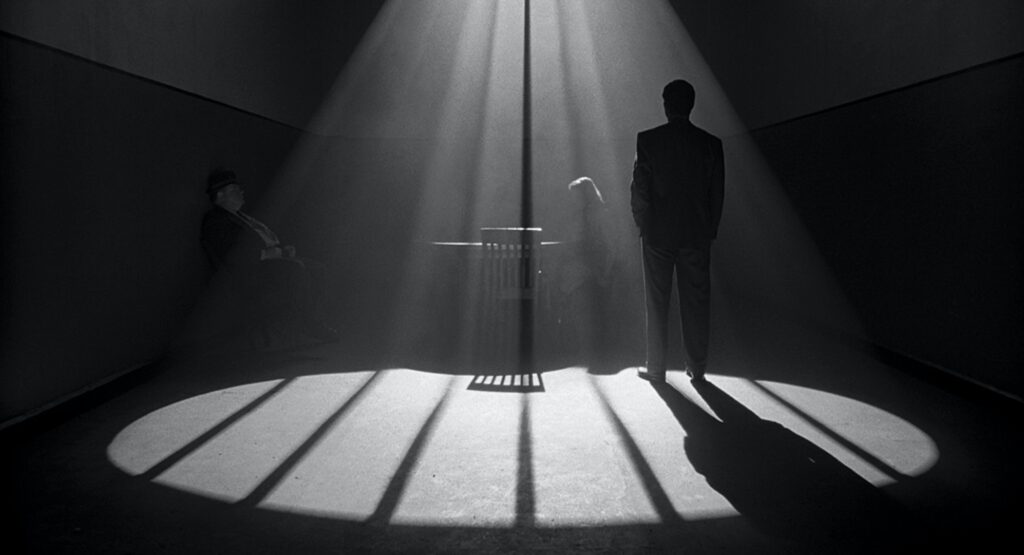
‘The Man Who Wasn’t There’ (2001)
Who Coined Film Noir?
The term dates back to a French film critic named Nino Frank. In 1946, Frank was writing for a French magazine named L’Écran français. One particular article pointed a finger at Hollywood’s new crop of films that had a dark (noir), turning into a pessimistic style that cinema hadn’t seen before.
Frank argued that Hollywood cinema was becoming obsessed with stories centered around urban landscapes full of lies and deceit hidden within the shadows of not only city underworlds but also within the deepest and darkest corners of movie characters’ minds.
Some have since insisted that film noir was a direct result of the country recovering from World War II. Others scoff, saying that the only person who felt they were making film noir was Frank—which is to say that the subgenre or style was nothing more than a label bestowed by the French critic and the film academics that embraced the term.
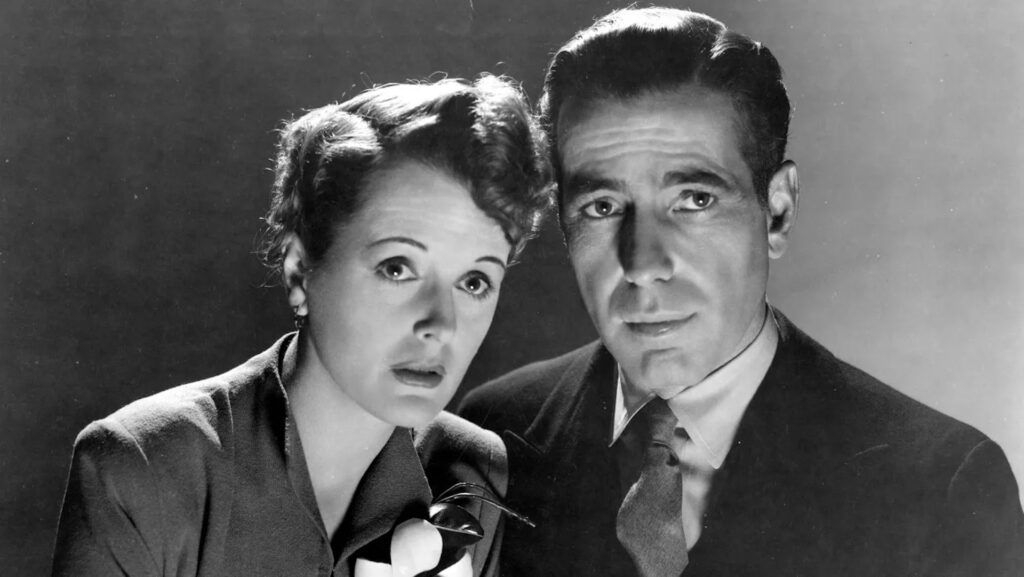
‘The Maltese Flacon’ (1941)
A Brief History of Film Noir
From 1944 through the late 1950s, movies like The Maltese Falcon (based on a novel by Dashiell Hammett), Laura (based on a novel by Vera Caspary), Murder, My Sweet (based on a novel by Raymond Chandler), and Double Indemnity (based on a novel by James M. Cain) were crime films that began to take the place of Westerns in Hollywood. Westerns had been the vessel to showcase the journey of self-discovery that predominantly male protagonists went through.
While Westerns could be dark and full of death, those elements were usually placed in front of the backdrop of the West with beautiful mountains or sun-blazed desert landscapes. The heroes often wore white hats while the villains wore black, and the protagonists’ conflict was pretty front and center.
Gone were the high-stake chase sequences of Westerns, and in were then-morbid gazes within the human psyche, showcasing humanity’s lack of morals, ethics, and fair play. Audiences weren’t getting John Ford-like Panavision cinematic tapestries of nature. Instead, they were getting the shadows of urban city landscapes and the underbelly of society.
Corrupt cops, gangsters, crooked politicians, power-hungry millionaires, and femme fatales were the character archetypes in the shadows of film noir films, pursued by hard-boiled detectives and anti-heroes trying to wade through these pessimistic storylines.
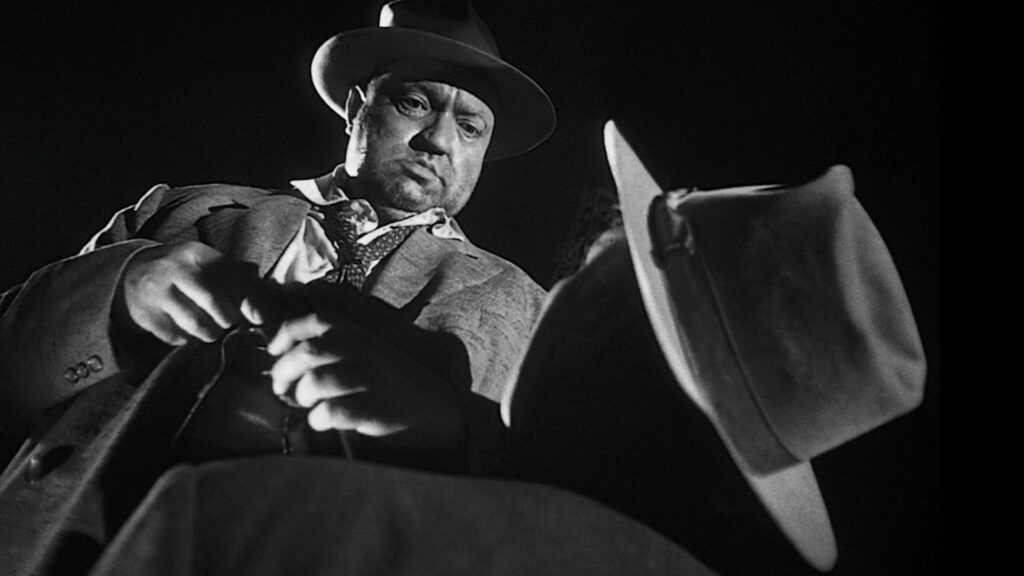
‘Touch of Evil’ (1958)
What Makes a Film Noir?
The defining elements of film noir are just as debated as the definition of it. The most generalized elements are plenty, and they can be cherry-picked throughout the subgenre’s greatest hits.
Visual Style
Film noir is characterized by its distinctive visual style, marked by high-contrast lighting and the extensive use of shadows. These films frequently feature night scenes, contributing to their moody atmosphere.
Influence of German Expressionism
The visual aesthetics of film noir draw heavily from German Expressionism, particularly in its emphasis on mood and atmosphere. This influence is evident in the distorted perspectives and symbolic use of light and shadow to reflect psychological states, especially notable in classic films from the 1940s and 1950s.
Urban Settings
Noir stories typically unfold in city environments depicted as labyrinthine, perilous, and morally corrupt. These urban settings enhance the genre’s themes of isolation and danger, creating a dark world that tough-as-nails protagonists need to maneuver through.

‘The Third Man’ (1949)
Themes of Pessimism and Fatalism
Film noir usually explores themes of pessimism and fatalism, portraying an unforgiving world where protagonists face insurmountable odds or are doomed from the outset. This outlook reflects a cynical view of society and human nature. In short, film noir stories often “prove” that the world is a terrible place and there’s nothing anyone can do about it.
Moral Ambiguity
Characters in film noir, including the protagonists, are frequently portrayed as morally ambiguous or compromised, blurring the traditional boundaries between hero and villain. This is where the anti-hero comes into play.
Read More: How to Develop and Write Great Antiheroes
The Femme Fatale
Central to many noir narratives is the femme fatale, a mysterious and seductive woman who draws the male protagonist into a web of betrayal and moral compromise. Her presence is a key element that often drives the plot’s tension and intrigue.
While the times have changed for the better when it comes to how women are portrayed in film, the femme fatale is still a viable go-to archetype.
Read More: What Is a Femme Fatale Character?
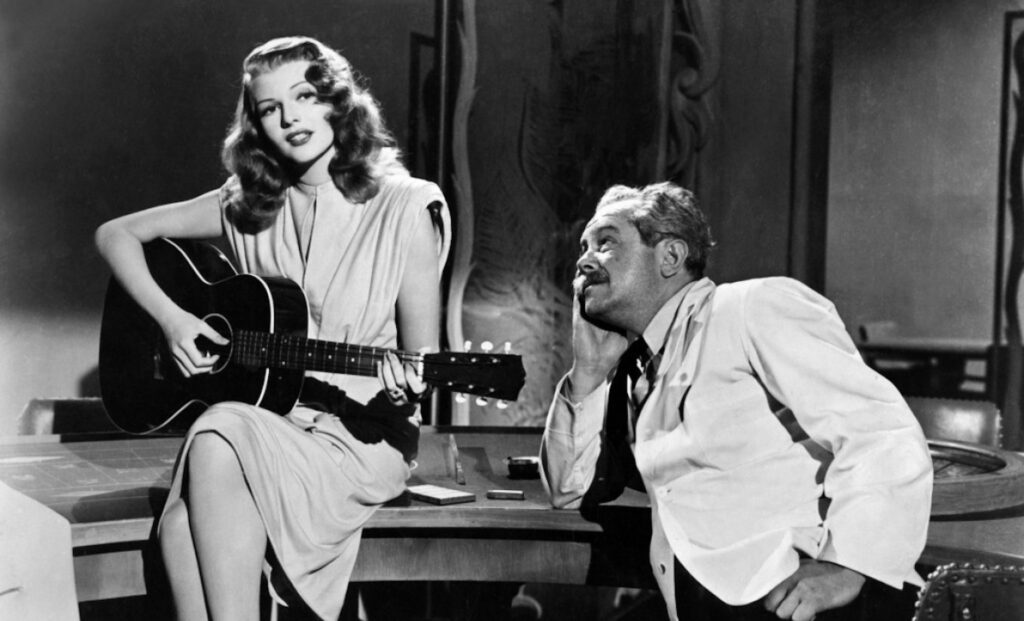
‘Gilda’ (1946)
Crime and Investigation
The plots of noir films commonly revolve around criminal activities such as murder, theft, or blackmail, along with the subsequent investigation. These narratives delve into the darker aspects of human behavior.
Violence
Both physical and psychological violence are prevalent in film noir, serving as expressions of the dark side of human nature.
Voice-Over Narration
Many film noirs feature first-person voice-over narration. This technique provides deeper insight into the protagonist’s thoughts and feelings, adding complexity to the narrative and heightening the sense of personal engagement in the unfolding drama.

‘Laura’ (1944)
What Is Neo-Noir?
Neo can be defined as something that exists now (new) but is based on something from the past. By the 1960s, film noir had run its course. However, in the 1970s—especially after the Vietnam War—film noir began to resurface in the sub-subgenre of neo-noir. Those who believe film noir was a direct result of the country recovering from the dark times of World War II may have been right.
Movies like Chinatown and Taxi Driver went back to the urban landscapes that the genre made popular as narrative backdrops. In 1981, Lawrence Kasdan wrote Body Heat, which was highly inspired by the subgenre’s figurehead Double Indemnity. The film brought back the femme fatale.
Ridley Scott gave us the perfect neo-noir film, Blade Runner, in 1982, setting a film noir story in the future.
Paul Verhoeven directed a script from Joe Eszterhas that took the femme fatale trope to a new level of darkness in 1992 with Basic Instinct.
In 1997, Curtis Hanson’s L.A. Confidential brought back corruption and antiheroes of the genre.
Robert Rodriguez (who had given us Mexican Western neo-noir blends with his El Mariachi and Desperado in the 1990s) adapted Frank Miller’s neo-noir graphic novel, Sin City, into a beautifully cinematic onscreen version in 2005.
Two years later, the Coen Brothers gave us another genre blend with No Country for Old Men, based on the Cormac McCarthy novel. With its Western and film noir elements, the directors blended the Western with the subgenre that briefly killed it.
Neo-noir offers plenty of opportunities to showcase noir elements within blends of genres and cinematic styles that offer a new but familiar dynamic for cinephiles to enjoy.
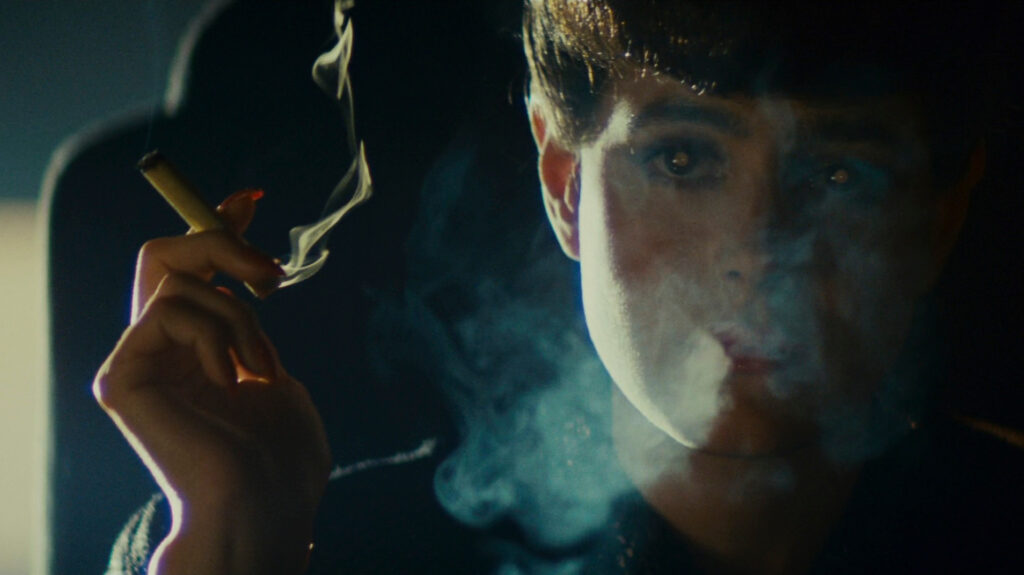
‘Blade Runner’ (1982)
—
If you still don’t know what film noir is, welcome to the club. Nobody does. Or, at least, nobody agrees on what it is. Let’s just try to find common ground and say that film noir is a subgenre, style, and academic term. And one that audiences continue to love.
Read More: Film Noir: Adding Darkness to Your Story
CHECK OUT OUR PREPARATION NOTES SO YOU START YOUR STORY OFF ON THE RIGHT TRACK!
Ken Miyamoto has worked in the film industry for nearly two decades, most notably as a studio liaison for Sony Studios and then as a script reader and story analyst for Sony Pictures.
He has many studio meetings under his belt as a produced screenwriter, meeting with the likes of Sony, Dreamworks, Universal, Disney, Warner Brothers, as well as many production and management companies. He has had a previous development deal with Lionsgate, as well as multiple writing assignments, including the produced miniseries Blackout, starring Anne Heche, Sean Patrick Flanery, Billy Zane, James Brolin, Haylie Duff, Brian Bloom, Eric La Salle, and Bruce Boxleitner, the feature thriller Hunter’s Creed, and many Lifetime thrillers. Follow Ken on Twitter @KenMovies and Instagram @KenMovies76
The post What Is Film Noir? appeared first on ScreenCraft.
Go to Source
Author: Ken Miyamoto


